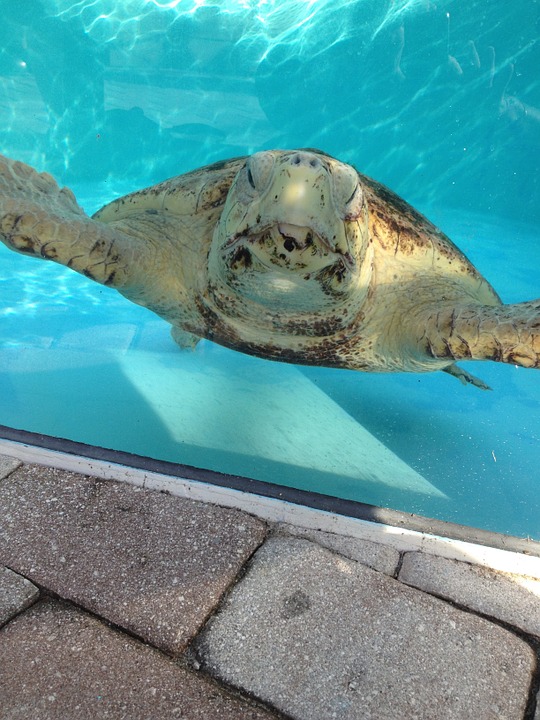We all keep our pool areas safe for children and other human guests, but what about animals? Do you know how to keep animals safe around your pool or what to do if they become trapped in your pool?
Besides the fact that no one wants to deal with the health issues (or disgusting factor) of a belly up toad or lizard in our pool, no one wants to create a hazard for the little critters. What’s more is that with larger animals, you can even experience damage – such as liner scratches and holes – to your pool.
The first thing you want to do is try to prevent animals from getting in your pool in the first place. You can install grates over pool overflow as well as skimmer baskets to prevent smaller creatures from being swept in. Young birds, opossums, squirrels and raccoons can fall or jump from overhanging limbs, so keep any trees above your pool trimmed. You can also affix ropes around the edges of your pool or create a ramp to help animals climb out. Fences, which are required by law in Florida, can help keep larger animals such as deer and dogs from accidentally falling into your pool. Additionally, one of the best safety measures to prevent accidental drowning of animals in your pool is a pool cover. Drum tight safety pool covers can literally hold thousands of pounds, and they also help keep debris out of the pool.
However, if you do happen to see an animal struggling in your pool, there are some things you can do to help. Leaf skimmers can be used to get small animals to safety, and placing a pool chair in the shallow end can sometimes help larger animals climb out on their own.
In the worst case scenario, when you show up too late and you have to remove a poor little (not quite so alive) critter from your pool, be sure to use a disinfectant shock treatment to keep your pool free of bacteria and disease.



 Hosting NSB
Hosting NSB